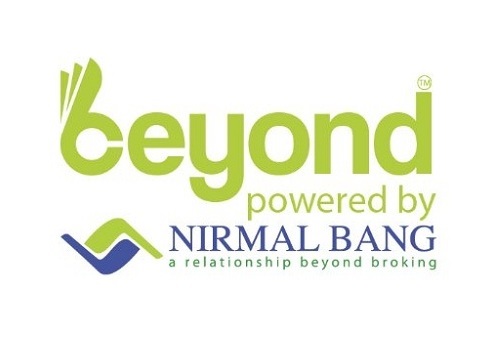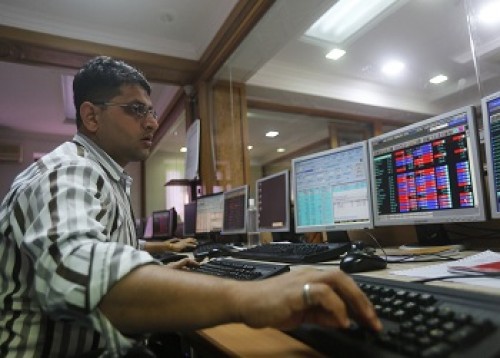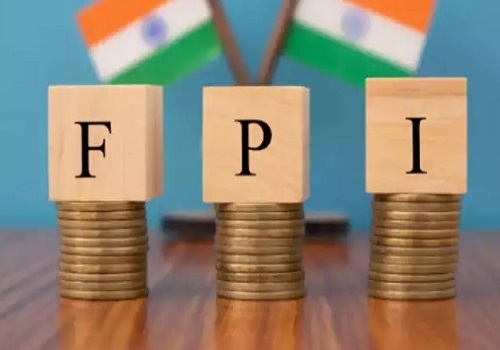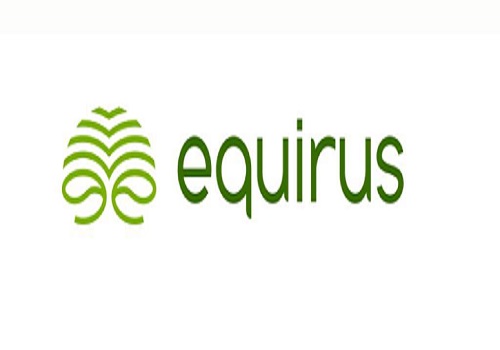Cheap and idle money moving out of banking system and chasing returns
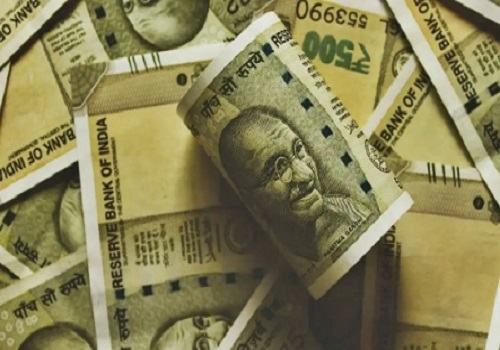
Indians have generally been savers and debt on personal balance sheets have generally been restricted to housing debt, vehicle loan or credit cards.
Of late, the RBI has sounded caution on the growth of unsecured personal debt, but as a percentage of savings, debt on personal balance sheet is comfortable, said Aniruddha Naha, CIO-Alternatives, PGIM India Mutual Fund.
India is a young population and the per capita GDP has crossed the $2,000-mark and stands at approximately $2,200. Globally, a young population and a per capita GDP rising beyond $2,000 has invariably triggered a hockey stick pattern in the rise in discretionary consumption.
Whether it is travel, tourism, hotels, liquor, jewellery, personal grooming, electronics, consumer durables, real estate, two and four-wheelers, etc., all these segments tend to do well over long periods of time. India will likely produce the largest Middle class over the decade providing a big boost to the consumption theme, the note said.
The journey of financialisation is best reflected in the growth in the mutual fund industry AUM and monthly SIP numbers of around $2 billion. There is a clear indication of cheap and idle money moving out of the banking system and chasing returns, either through MFs (debt, hybrid or equity), PMS, AIFs or even direct equity, the report said.
This will reflect positively over the full value chain of companies, which participate in this financialisation story, whether rating agencies, asset management companies, exchanges, wealth management platforms or the back-end enablers.
"We believe, this trend of financialisation may play out structurally over the next decade, it said. Indian Equity Mutual Fund's AUM grew at 28 per cent CAGR in the last 10 years," it said.
Digitisation and technology, this trend may be the most disruptive over the decade. Conventional distribution channels are getting challenged. It may see small and midcap companies with good products and services doing well, in our view. Enablers like low cost and internet availability, Aadhar seeding, UPI backbone and now with ONDC taking shape, the markets will open up for companies across products and services.
The country is also a reservoir of very interesting technology-based businesses in the unlisted space, and has one of the highest number of unicorns, scientists and technocrats globally. The combination of the above enablers and potential growth, should see very interesting small and midcap companies emerge and potentially become large caps over the decade, the note said.
Corporate India is sitting on a clean balance sheet and rising capacity utilisation. This is incentivising promoters and corporates across sectors to set up capacity. Capex is happening across electronics, auto and auto ancillary, power, consumer durables, pharma, cement, chemicals, textiles etc. Interestingly, this time capex is measured and largely funded through internal cash flows.
Increased demand, may lead to increased capacity utilisation, potentially leading to a strong operating leverage playing out and an associated upswing in profitability for Corporate India. The beneficiaries may be both, the companies which execute the orders and companies, which have set up capacities to meet higher demand, the note said.
